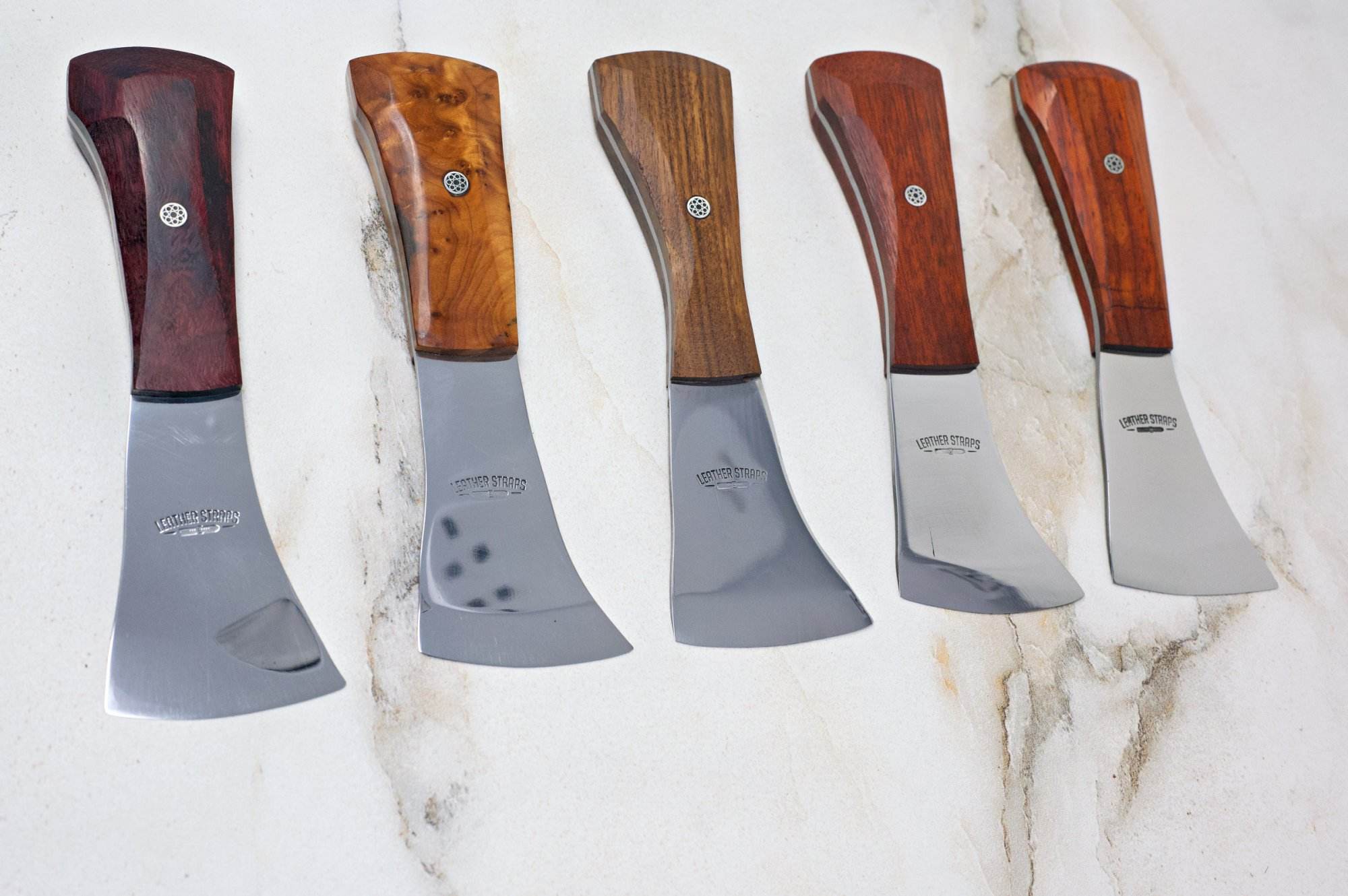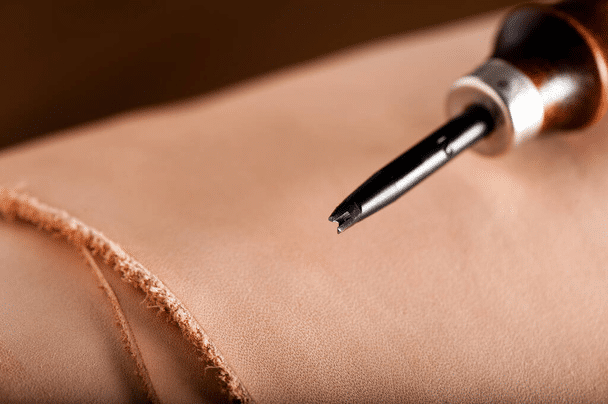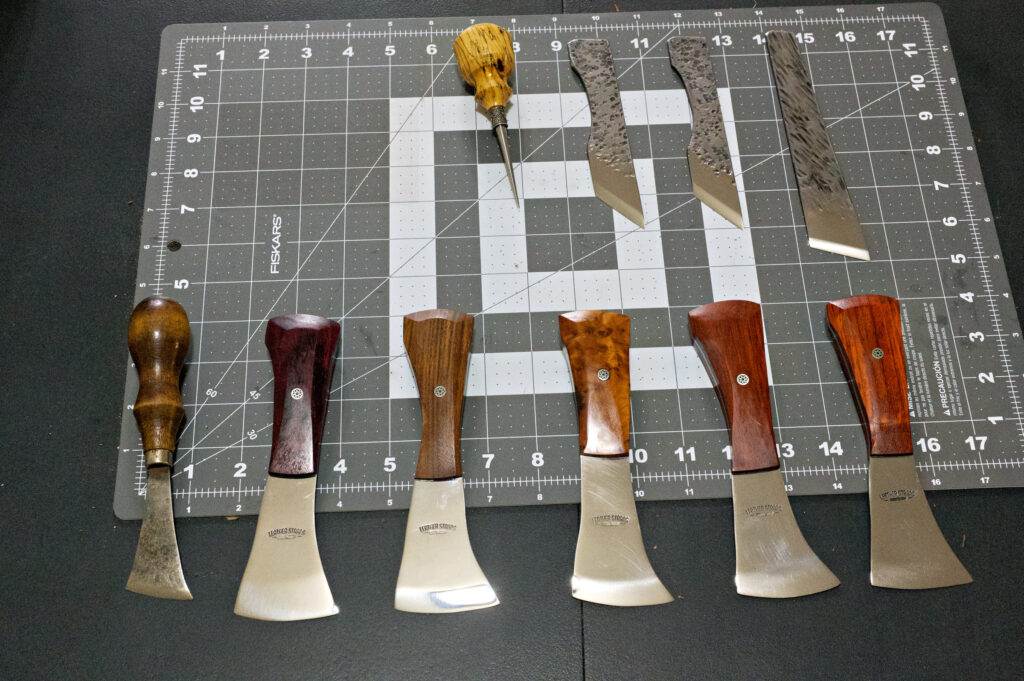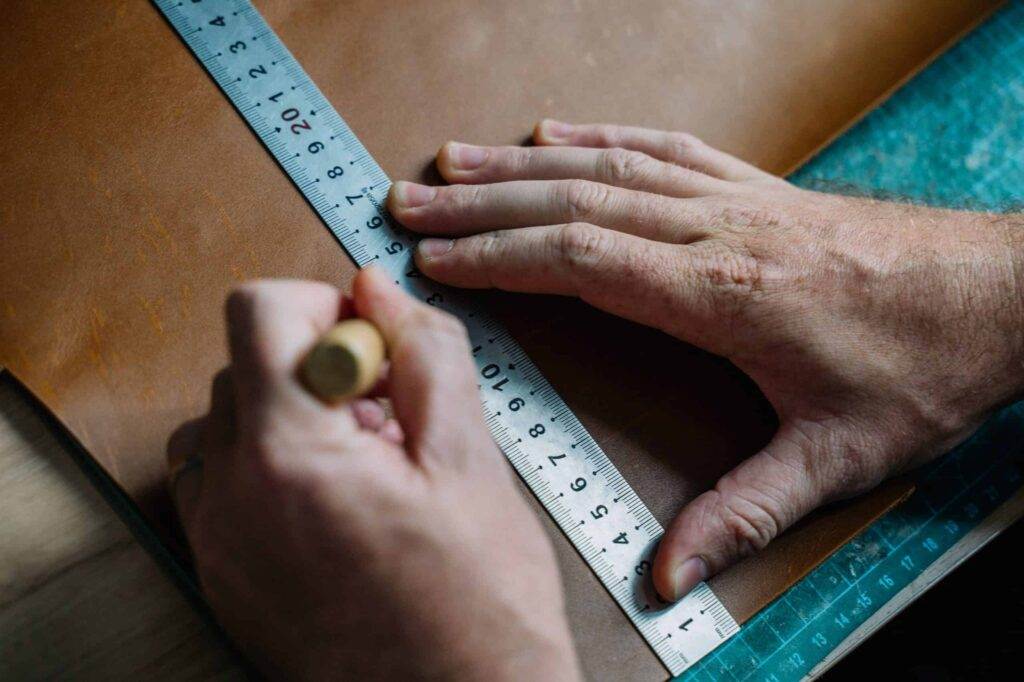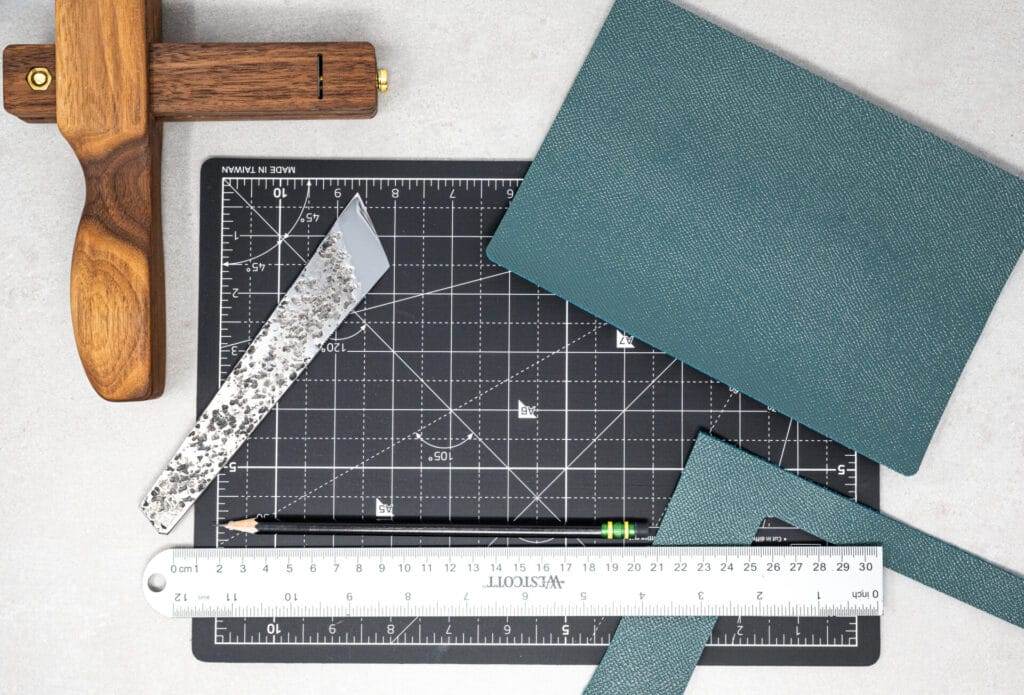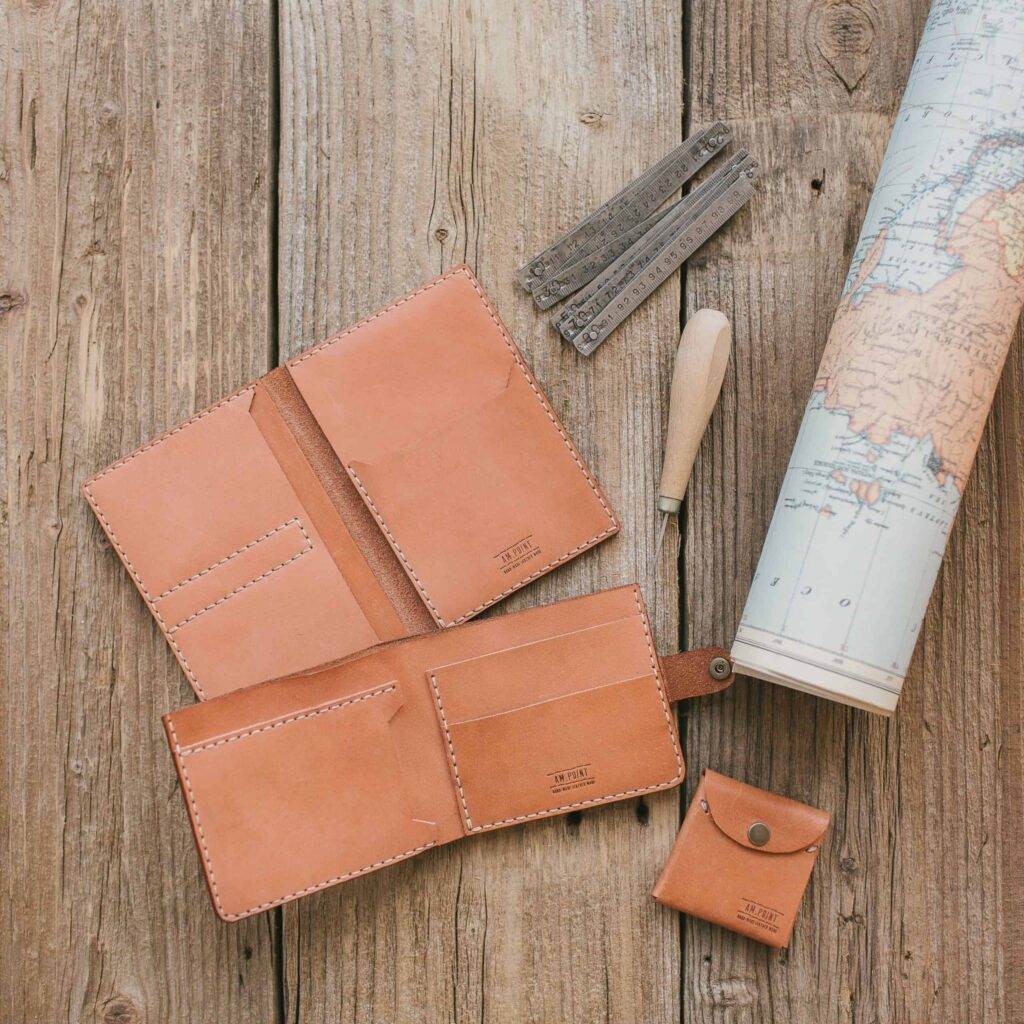Creating Perfect Curved Cuts in Leathercraft
Leathercraft is an art form that requires precision, creativity, and a deep understanding of the materials involved. One of the fundamental techniques in leatherworking is making curved cuts. These cuts are essential for creating aesthetically pleasing designs and functional items, such as bags, wallets, and belts.
Curved cuts can add a level of sophistication and elegance to leather projects, allowing artisans to explore their creativity while enhancing the overall appearance of their work. Curved cuts differ significantly from straight cuts, as they require a different approach and technique. The curvature of the cut can vary from gentle arcs to sharp turns, depending on the design.
Understanding the anatomy of a curve is crucial; it involves recognizing how the blade interacts with the leather and how to manipulate it to achieve the desired shape. Mastering this skill not only improves the quality of the finished product but also boosts the confidence of the leatherworker in tackling more complex designs.
Key Takeaways
- Understanding the basics of leathercraft curved cuts is essential for creating intricate designs and achieving perfect results.
- Choosing the right tools for curved cuts in leathercraft, such as a sharp knife or rotary cutter, is crucial for precision and accuracy.
- Preparing the leather for curved cuts involves ensuring it is properly conditioned and marked with the desired design.
- Techniques for making perfect curved cuts in leathercraft include using a steady hand, making small cuts, and practicing on scrap leather.
- Creating intricate designs with curved cuts allows for endless creative possibilities and unique leathercraft projects.
Choosing the Right Tools for Curved Cuts in Leathercraft
Selecting the appropriate tools is vital for achieving clean and precise curved cuts in leathercraft. The most commonly used tools for this purpose include rotary cutters, curved knives, and specialized leather awls. Each tool has its unique advantages and is suited for different types of curves.
For instance, rotary cutters are excellent for long, sweeping curves, while curved knives provide more control for intricate shapes. When choosing tools, it’s essential to consider the thickness and type of leather being used. Thicker leathers may require more robust tools, while thinner leathers can be managed with lighter, more delicate instruments.
Additionally, investing in high-quality tools can make a significant difference in the ease and accuracy of making curved cuts. A well-maintained tool will glide through leather effortlessly, reducing the risk of mistakes and ensuring a smoother cutting experience.
Preparing the Leather for Curved Cuts
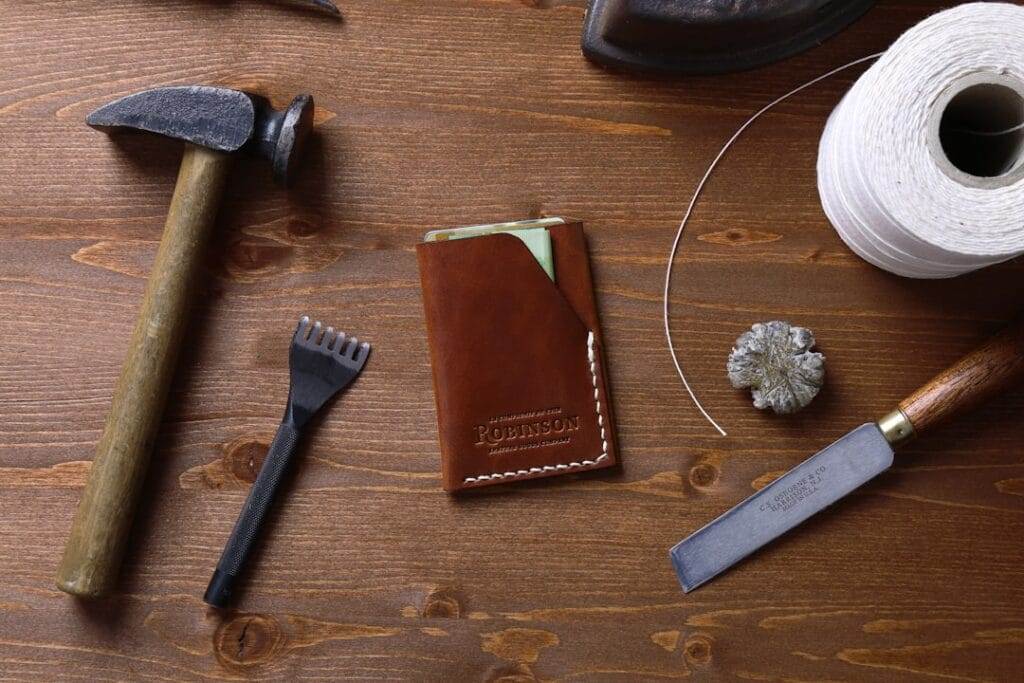
Before making any cuts, proper preparation of the leather is crucial. This process begins with selecting the right piece of leather that suits the intended project. Factors such as thickness, texture, and finish should be considered to ensure that the leather will hold its shape after cutting.
Once the appropriate leather is chosen, it should be laid flat on a cutting surface to prevent any movement during the cutting process. Marking the cutting lines is another essential step in preparing for curved cuts. Using a pencil or a specialized leather marking tool, artisans should carefully outline the desired curves on the leather.
This not only serves as a guide during cutting but also helps visualize how the final product will look. Taking time to accurately mark these lines can save significant effort later on and lead to a more polished final result.
Techniques for Making Perfect Curved Cuts in Leathercraft
Making perfect curved cuts requires practice and a steady hand. One effective technique is to use a combination of short, controlled strokes rather than attempting to cut through the entire curve in one go. This method allows for greater control over the blade and helps maintain accuracy throughout the cut.
Additionally, it’s beneficial to rotate the leather piece rather than moving the cutting tool excessively; this approach can lead to smoother curves and reduce the risk of jagged edges. Another important aspect of making curved cuts is maintaining an appropriate angle with the cutting tool. The angle at which the blade meets the leather can significantly affect the quality of the cut.
A consistent angle ensures that the blade glides smoothly through the material without tearing or fraying it. Practicing on scrap pieces of leather can help artisans develop their technique and gain confidence before working on their final projects.
Creating Intricate Designs with Curved Cuts
Curved cuts open up a world of possibilities for creating intricate designs in leathercraft. By combining various curves and shapes, artisans can craft unique patterns that elevate their work from simple to extraordinary. Techniques such as layering different pieces of leather or incorporating contrasting colors can enhance these designs further, adding depth and visual interest.
Moreover, incorporating curved cuts into functional items can also serve an aesthetic purpose. For example, a wallet with elegantly curved edges not only looks appealing but also feels comfortable in hand. The interplay between functionality and artistry is what makes leathercraft so rewarding.
By mastering curved cuts, artisans can push their creative boundaries and explore new design avenues that reflect their personal style.
Troubleshooting Common Issues with Curved Cuts in Leathercraft
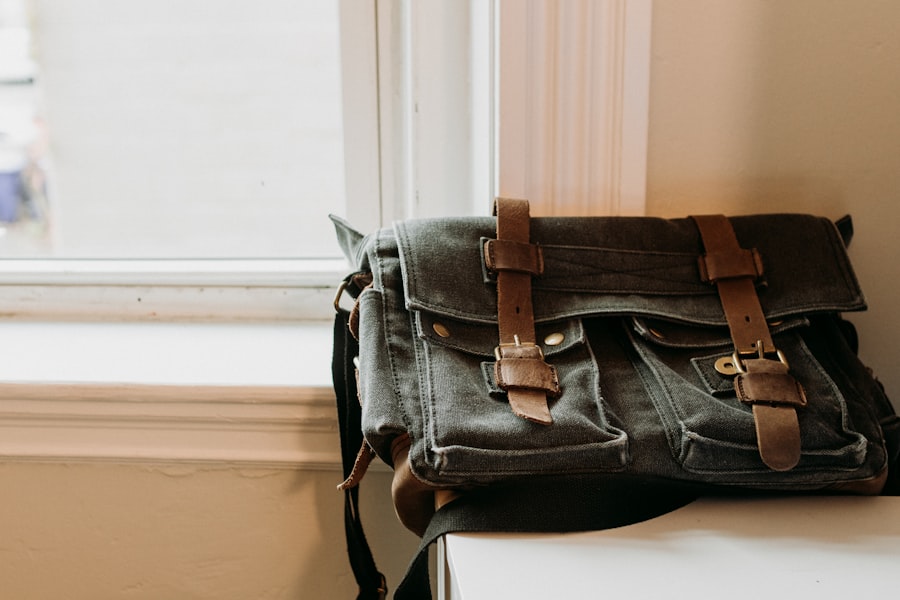
Even experienced leatherworkers may encounter challenges when making curved cuts. One common issue is uneven edges, which can occur if the cutting tool slips or if there is too much pressure applied during cutting. To address this problem, it’s essential to slow down and focus on maintaining control over both the tool and the leather piece.
Taking breaks during longer projects can also help prevent fatigue, which often leads to mistakes. Another frequent issue is tearing or fraying at the edges of the cut. This can happen if the blade is dull or if it’s not suited for the type of leather being used.
Regularly checking and maintaining tools is crucial to avoid this problem. If tearing does occur, using a sharp knife or scissors to trim any rough edges can help salvage the piece and maintain its overall appearance.
Finishing and Refining Curved Cuts in Leathercraft
Once curved cuts have been made, finishing touches are necessary to refine the edges and enhance the overall look of the project. This process often involves sanding or burnishing the edges to create a smooth finish that feels pleasant to touch. Burnishing can be done using specialized tools or even simple household items like wood or bone folders, which help compress and smooth out any rough spots along the cut.
In addition to edge finishing, applying dyes or finishes can further elevate the appearance of curved cuts. Dyes can enhance color contrast between different sections of a project, while finishes provide protection against wear and tear. Taking time to properly finish and refine curved cuts not only improves aesthetics but also contributes to the longevity of the leather item.
Tips for Maintaining Sharp Tools for Curved Cuts in Leathercraft
Maintaining sharp tools is essential for achieving clean and precise curved cuts in leathercraft. Dull blades can lead to uneven cuts and increased frustration during projects. Regularly honing blades with a sharpening stone or honing compound can help keep them in optimal condition.
It’s advisable to develop a routine for tool maintenance, checking sharpness before starting any new project. Additionally, proper storage of tools plays a significant role in their longevity. Keeping blades protected from moisture and physical damage will help maintain their sharpness over time.
Using sheaths or cases specifically designed for leatherworking tools can prevent accidental dulling or chipping when not in use. By prioritizing tool maintenance, artisans can ensure that they are always ready to create beautiful curved cuts with ease and precision. In conclusion, mastering curved cuts in leathercraft is an essential skill that enhances both functionality and aesthetics in various projects.
By understanding the basics, choosing appropriate tools, preparing leather properly, employing effective techniques, troubleshooting issues, refining edges, and maintaining sharp tools, artisans can elevate their craftsmanship to new heights. Whether creating intricate designs or functional items, perfecting curved cuts opens up endless possibilities for creativity in leatherworking.
FAQs
What tools are needed to create perfect curved cuts in leathercraft?
To create perfect curved cuts in leathercraft, you will need a sharp utility knife or rotary cutter, a cutting mat, and a curved ruler or template.
What is the best technique for creating curved cuts in leathercraft?
The best technique for creating curved cuts in leathercraft is to use a sharp utility knife or rotary cutter along with a curved ruler or template. Place the ruler or template on the leather and carefully cut along the curved edge to achieve a clean and precise cut.
Are there any tips for achieving perfect curved cuts in leathercraft?
To achieve perfect curved cuts in leathercraft, it is important to use a sharp blade, make light and precise cuts, and take your time to ensure accuracy. Additionally, using a cutting mat to protect your work surface and keeping your tools clean and well-maintained can also help in achieving perfect curved cuts.
What are some common mistakes to avoid when creating curved cuts in leathercraft?
Common mistakes to avoid when creating curved cuts in leathercraft include using a dull blade, applying too much pressure while cutting, and not using a proper ruler or template for guidance. It is also important to avoid rushing the cutting process, as this can lead to uneven and jagged edges.

